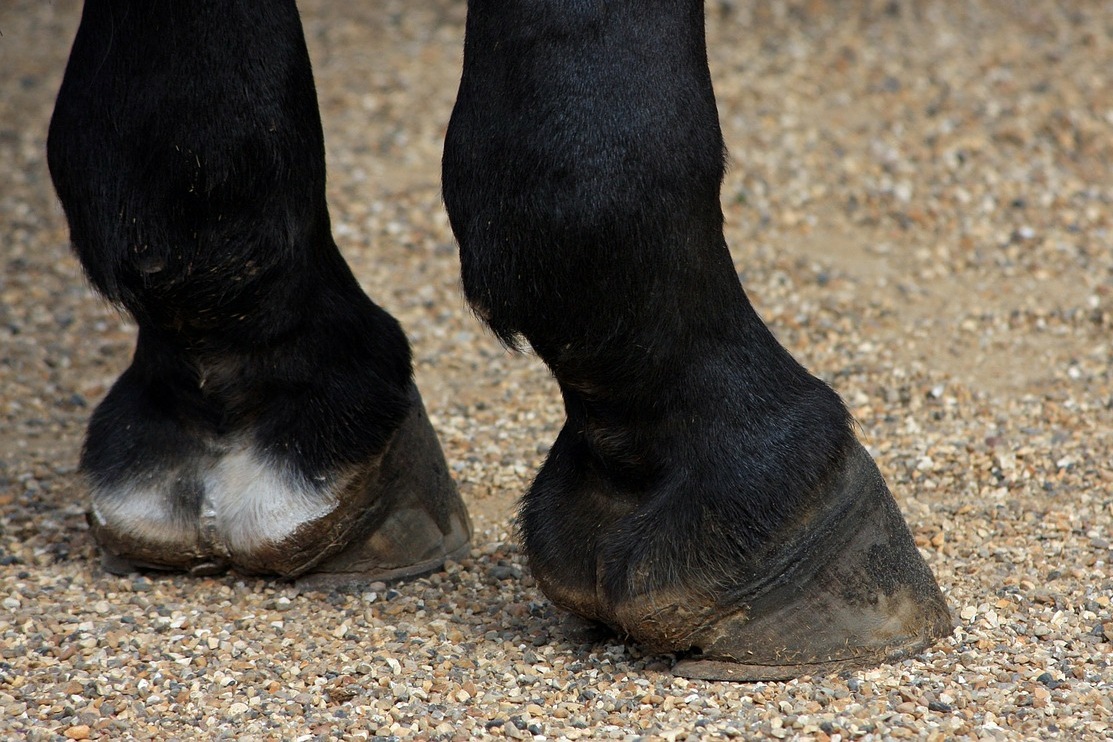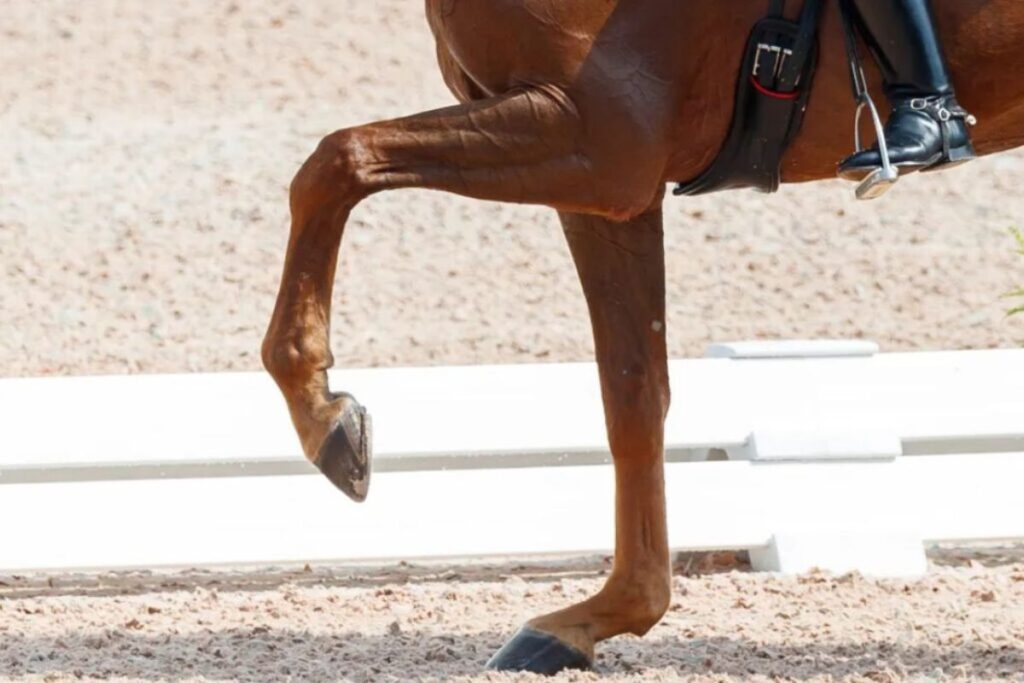Menu

Have you ever thought about the function of your horse’s bulbs? The ones placed at the bottom of each leg. Combined with other important parts of the horse’s hoof mechanism, the bulbs help prevent damage to the horse's musculoskeletal system. This means, if the bulbs do not work, the horse does not work. Or at least it could end up like that. In short, the function of the bulbs is to work like shock absorbers. Just like the ones in your car. To avoid these shock absorbers to get injuired, we guide you through the function and care of the bulbs.
You may also like to read: The anatomy of road apples: How to check if the horse is healthy
The bulbs are partly made of cartilage - lateral cartilage it’s called. There are two pieces of cartilage which are placed on each side of the hoof bone. If you press a finger into the edges of the bulbs, you can feel them.
The cartilage is flexible. Because of that it captures the bumps which the horse is exposed to. In fact, the entire hoof is designed to work as a shock absorber. Of course beside the function of moving the horse forward. Did you know that the entire hoof actually expands when it hits the ground? This is due to the bulbs. Because of their flexibility, the hoof mechanism is supple and soft, and to keep that quality the bulbs need to be nursed frequently.
Of course, the shock absorbing function is also affected by the type of ground the horse is moving on. No matter what, the health of the horse’s legs – and the health of the rest of its musculoskeletal system – depend on the health of the bulbs. Therefore, you need to protect and be gentle with the lateral cartilage.
Unfortunately, the cartilage can break, and then it will be exposed to calcification. Often this happens if the cartilage becomes stressed or overstretched and thus exposed to inflammation. It will try to repair itself by forming new cartilage on top of the damaged part. That is why it is called calcification. As a result, the cartilage thickens, the elasticity gets reduced, and the shock absorbing function is lost.
Since cartilage holds no nerves, the calcification will never hurt the horse. But definitely, it will hurt somewhere inside the skeleton system when the shock absorbing function of the hooves disappears. Because of that, horses with lateral cartilage calcification will often suffer from lameness or other pains related to the bones.

Lateral cartilage is often caused by something innate. Primarily it is because of irregularities in the horse's hooves or legs. When one leg is crooked, another leg will simply work too hard and at the end it is damaged. In other words, it is important to get the irregularities fixed by a farrier or a veterinarian as soon as possible when the problem has been discovered. Finally, the disorder can also be caused by too much training on hard ground. However, this happens quite rare, so you should not worry too much about that.
Lateral cartilage cannot be treated immediately, but a cut of the hoof wall can help a small part of the elasticity to return. Otherwise, it is best trying to put on softer shoes i.e. made of plastic.
Aside from the lateral cartilage, the bulbs of the horse consist of a soft area and a coronary band leading down to the thrush. You need to take care of every part. Unfortunately, we are a lot of horse owners who forget to take care of all these parts, and it will in the end affect the function of the bulbs. Proper care is essential to keep them soft and flexible. Furthermore, remember to brush them to avoid wounds caused by chafing. And don’t forget to wash them either. Their elasticity need to be moisturized once in a while. It is also important that the horse drinks enough water, thereby lubricating the bulbs from the inside.
In the video beneath you'll see how the bulbs helps the hoof grib softly down to the ground.
In short, the bulbs are so incredibly important for the horse’s ability to move painlessly, and they play a major role in avoiding injuries. So, shouldn't we be doing ourselves the favour of remembering them? Especially when we already hold the brush in our hand or when the wet sponge is lying right there beside us in the bucket? At least there is nothing to lose - only lots to gain.